Traveling to Cambodia in November? Then, don’t miss out on the biggest annual festival in the kingdom! The Water Festival in Cambodia, or as locals call it, Bon Om Tuk, is different from the more well-known Water Festival (Songkran) in Thailand. For one, it involves racing boats rather than water guns.
Curious to know more about this festival and how you can join in on the fun with locals? Then, read on because we’ve got all the answers for you in this article!
What’s the Water Festival in Cambodia?
In the broadest sense, the Water Festival is to celebrate the nature that brings prosperity and happiness to the people. It marks the end of the monsoon season, as well as the start of the harvesting season and the unique reverse flow of the Tonle Sap.
What happens during the Water Festival?
For three days, the capital, Phnom Penh, becomes a mecca for people all over the country to come and celebrate. Three main traditions make up the Water Festival:
1. The boat race:
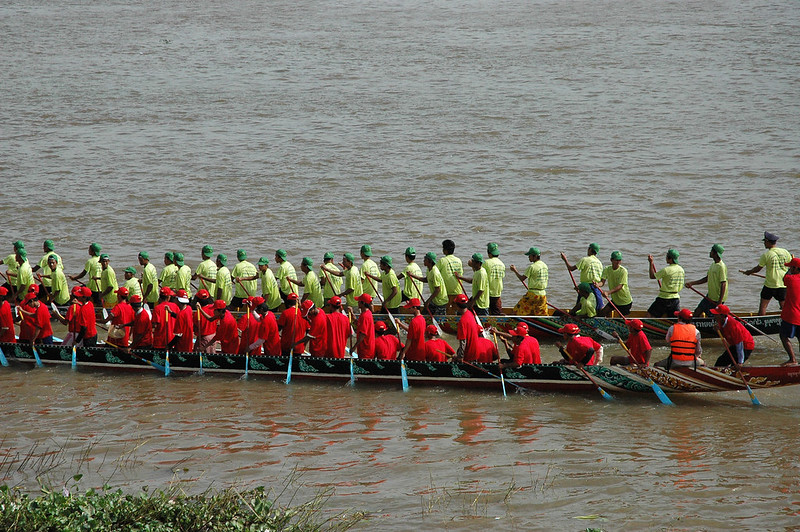


The most iconic part of the festival, the boat race takes place for the whole three days to find the winning team. In fact, the festival’s Khmer name, ‘Bon Om Tuk,’ literally translates to ‘Boat Racing Festival’.
The tradition is thought to date back to Angkorian times in the reign of legendary King Jayavarman VII, to celebrate the power of Cambodia’s marine forces against Cham invaders. The Water Festival as we know it, however, likely dates back to 1914 when Cambodia was a French colony.
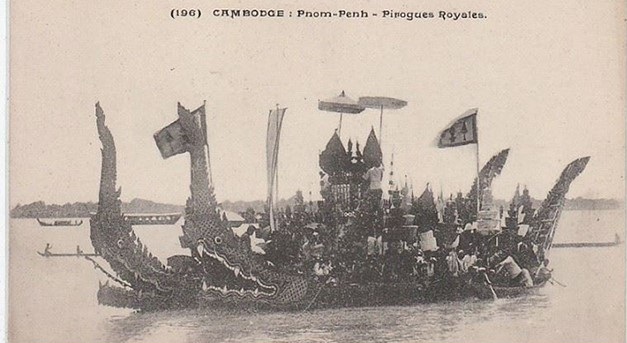


Today, teams from provinces across the country join the race on the Tonle Sap in front of the Royal Palace. Crowds pack along the riverside to watch the thrilling, synchronized bowing and the boat dancer at the head of the boats. The King, Prime Minister, and other official ministers would also be in attendance to watch the race.
2. Bandaet Pratip (បណ្តែតប្រទីប):
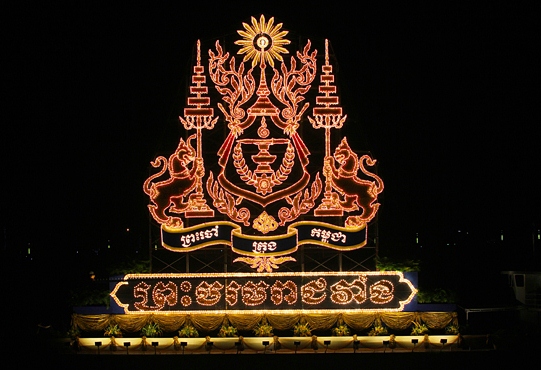


Also for the three days, the celebration of the illuminated floats, Bandaet Pratip, begins when night descends. This tradition is for people to pay respects to the Earth and Water God and ask for the blessing of plentiful crops and harvest.
Traditionally, people would make their own little floats to send into the waters, though the practice has become less popular in Phnom Penh. Nowadays though, you can enjoy watching grand illuminated floats grace the night, courtesy of different government ministries and organizations.
Tip: On the last day, don’t miss the fireworks display that follows the Bandaet Pratip celebration!
3. Ak Ambok Sampeah Preah Khae (អកអំបុកសំពះព្រះខែ):
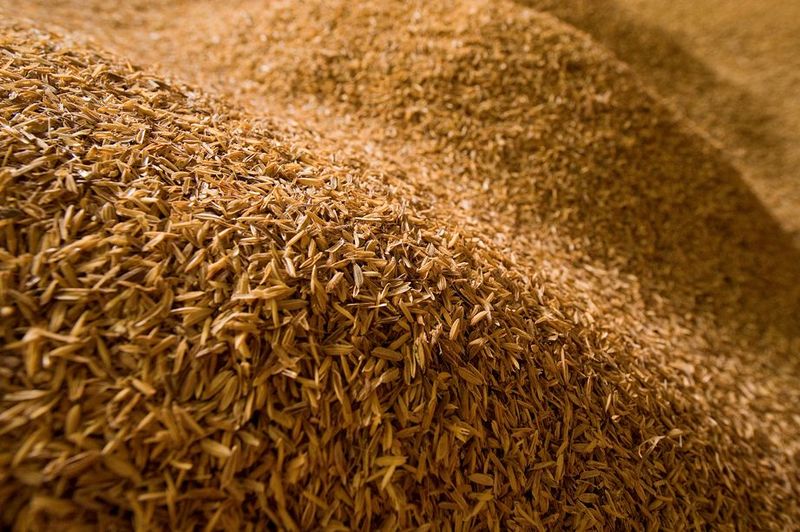


Rooted in Buddhism, this tradition is to worship the moon. When the moon is full on the second day of the festival, people begin the Ak Ambok Sampeah Preah Khae ceremony at night.
At their homes, people make offerings in the form of food, drinks, and the burning of incense. Ambok — rice in their husk that’s fried and pounded in a pestle — is also given as offering and eaten. People take out the husks and mix the Ambok with coconut and banana to eat with.
When is the Water Festival in Cambodia?
The Water Festival follows the Khmer Buddhist calendar and falls on the full moon period. The date of the festival varies in the international calendar, though it typically falls either at the end of October or in November. In 2020, the festival will be held from October 30 to November 1 (further announcement needs to be updated due to the ongoing COVD-19 situation).
How can you take part in the festival?
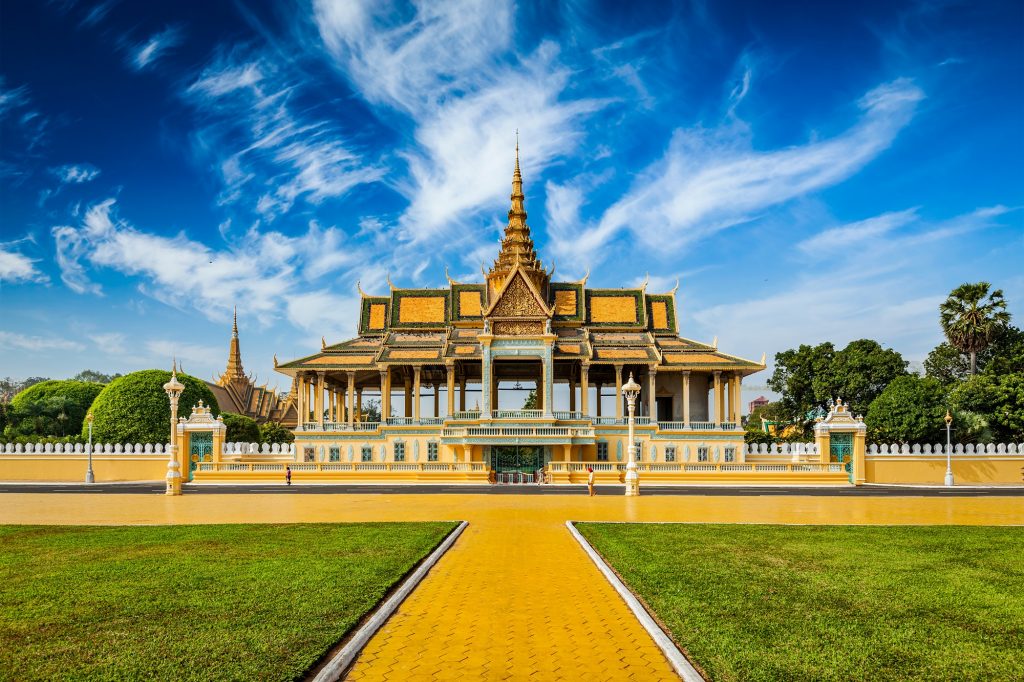


If you happen to be in Phnom Penh during the festival, definitely be around the riverside area or Sisowath Quay to catch the boat racing action, as well as the illuminated floats and fireworks at night.
If the crowds are too overwhelming, you can also watch the race from the comforts of the rooftop restaurants or hotels lining the Sisowath Quay. Popular options include Le Moon, the Foreign Correspondents’ Club, and The Quay Boutique Hotel.
What if you’re in Siem Reap during the festival? After a break from exploring temples, you can also catch a smaller boat race there on the Siem Reap River to join the fun.
For those who aren’t a fan of crowds, you can also escape to quieter towns like Kampot and Battambang. Their laid-back charms are easy to fall in love with!
A wonderful glimpse into Khmer culture
The Water Festival is a fantastic time to be swept in the vibrant air with the locals. The festivities bring together music, cheers, and plenty of food – a ripe atmosphere for fun and memorable photos! Further, the beliefs and traditions that surround the festival make it an important window into Khmer culture.
Planning a trip to Cambodia?
If you’re visiting Phnom Penh for the festival, you can enjoy even more of the local culture on these day tours that will take you from the street food scene to cooking Khmer food yourself.
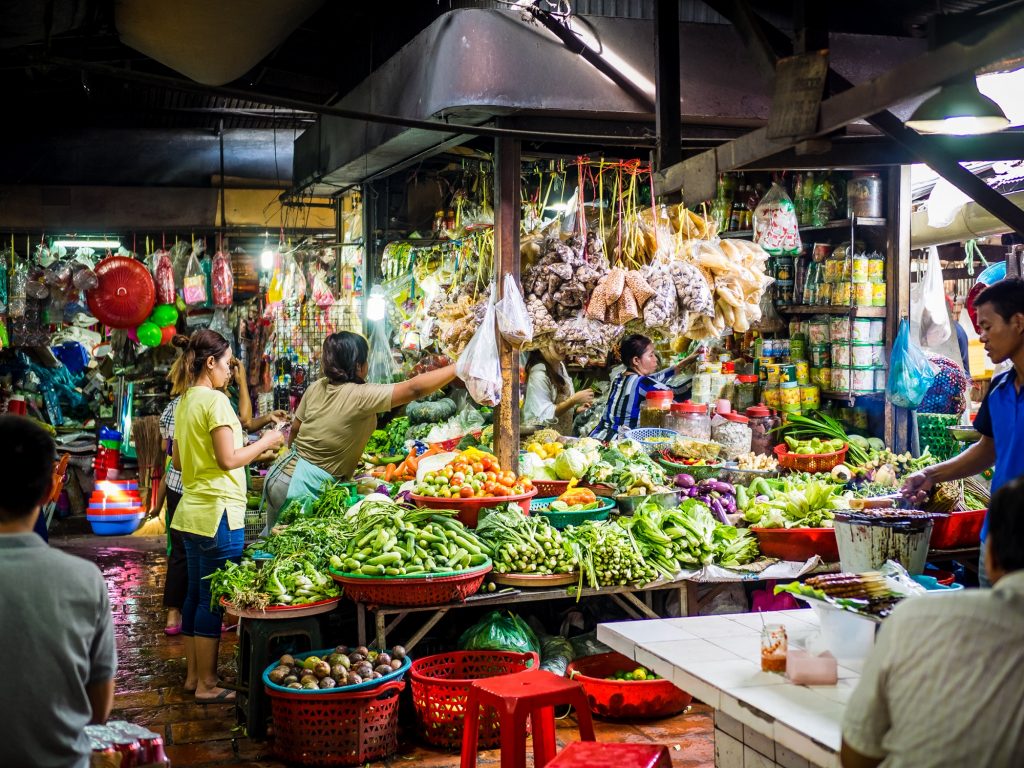


Of course, you can’t miss visiting the iconic temples in Siem Reap too. A tip: cycling is a wonderful way to explore the temples at your own pace. Be sure to have a knowledgable guide with you, who knows the hidden pathways to the temples that take you through villages and the jungle for a fun adventure!
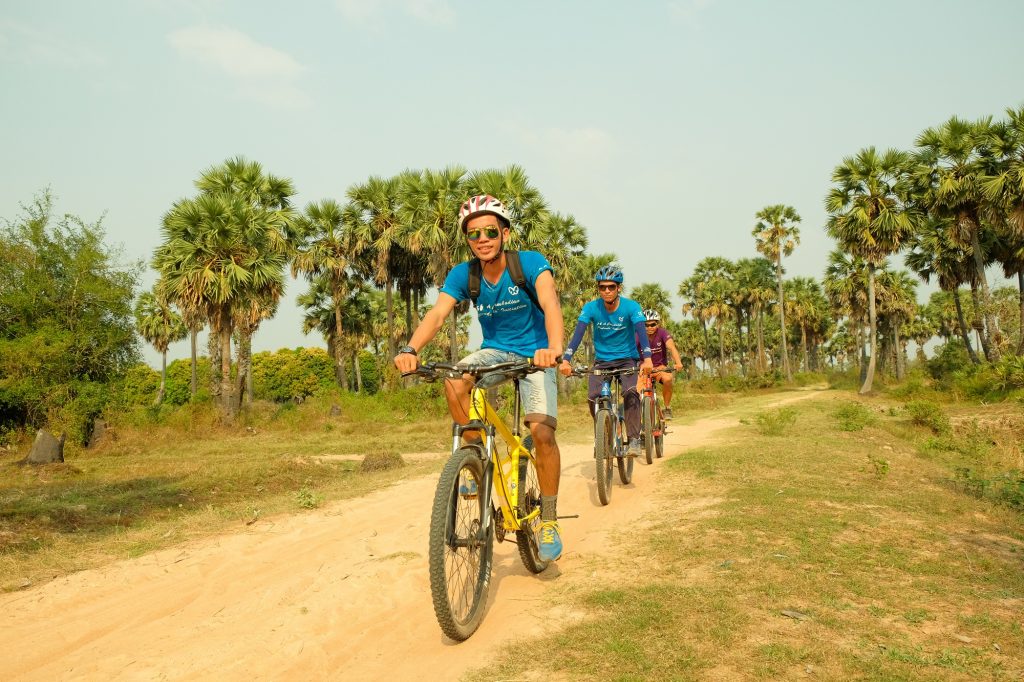


Lastly, if you’re looking for more places to visit in Cambodia to plan your ultimate itinerary, then check out our top 10 destinations in Cambodia you need to visit today. It’s time to let the travel bugs bite!
(Thumbnail photo credit: LoriQoPB / 2010 / CC BY-SA 2.0)
